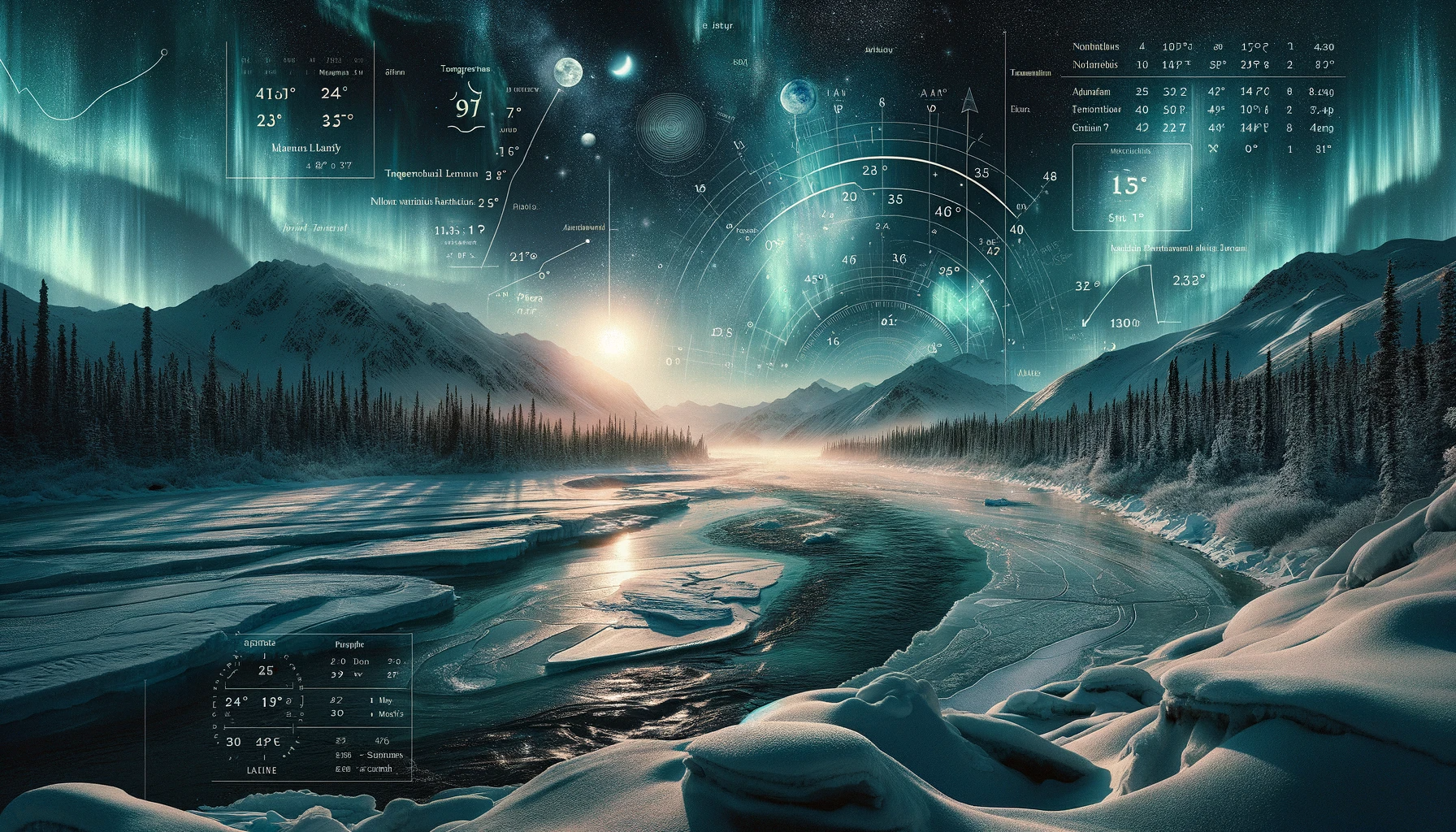Arctic permafrost, a vast and ancient storehouse of terrestrial carbon, is increasingly at the center of climate research due to its sensitivity to global warming. This frozen layer, rich in organic carbon accumulated over millennia, acts as a significant carbon sink, playing a crucial role in regulating Earth's climate. However, as the planet warms, this permafrost is thawing, raising concerns about the release of this ancient carbon into the atmosphere.
Stable isotopes, a key tool in environmental science, have been employed in a groundbreaking study across Alaska to understand these changes. While the isotopes offer insights into water movements and thawing patterns, the main focus of the research is on the implications of permafrost thaw for the release of stored carbon. By analyzing water samples from over 100 sites, researchers aim to trace how the thawing permafrost is affecting carbon and nutrient transport in Arctic waters.
The study covered diverse landscapes, from the Arctic Tundra to the Boreal Forests, providing a comprehensive view across different permafrost zones. Sampling was strategically conducted at the end of the flow season, when the thawing of the active layer of permafrost was at its peak. This timing was crucial for capturing the maximum impact on the permafrost's carbon reservoir.
Water samples were analyzed not just for stable isotopes but also for nutrients and the optical properties of dissolved organic matter, which are directly influenced by the thawing permafrost. This multidisciplinary approach allowed the researchers to examine how various factors - including geography, climate interactions, and human activities - impact the dynamics of carbon release and transport in these regions.
The findings of this study are vital in understanding the future of the Arctic's carbon cycle. As permafrost continues to thaw, there is a growing urgency to grasp the extent and manner in which this ancient carbon may enter the atmosphere, potentially accelerating climate change. This research not only sheds light on the current state and future trends of Arctic permafrost but also serves as a crucial input for climate modeling and environmental policy-making, highlighting the need for immediate and sustained action in response to a warming Arctic.

 Dust^2
Dust^2
